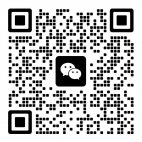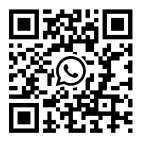Medical endoscopic camera system main use
1. Medical diagnosis
Observation of internal tissues and organs: the medical endoscopy camera system can convert the internal tissues and organs of the human body observed by the endoscope into digital images, which are clearly displayed on the monitor, so that the doctor can intuitively see the internal structure of the digestive system such as the oesophagus, stomach, duodenum, etc., the respiratory system such as the bronchus, lungs, etc., and the urinary system such as the bladder, etc., so as to discover lesions or abnormal conditions.
Determine the location, size and nature of the lesion: Through the high-definition images, doctors can accurately determine the location of the lesion in the body, the size and scope of the lesion, as well as the nature of the lesion (e.g. whether it is a tumour, inflammation, etc.), which will help the doctor to make an accurate diagnosis, for example, to determine the severity of gastric ulcers in gastroscopy, and to determine the size of the polyp and whether there is a possibility of cancer in colonoscopy.
2. Surgical operation
Real-time guidance for surgery: In some endoscopic surgeries, the system provides real-time image guidance to help doctors precisely operate surgical instruments. For example, in laparoscopic surgery, the doctor can accurately carry out cutting, suturing and other operations according to the images transmitted by the camera system to avoid damaging the surrounding normal tissues.
Surgical process monitoring: The entire surgical process can be monitored to ensure that the surgery is carried out in accordance with the predetermined plan. In case of any unexpected situation (e.g. bleeding, etc.), the surgeon can make timely response and adjust the surgical strategy.
3. Teaching and Research
Medical education: The observed images can be transmitted to remote teaching institutions for medical students to learn. For example, in the classroom, teachers can show images of real cases captured by endoscopic camera systems to give students a more intuitive understanding of the manifestations of various diseases in the body and improve the teaching effect.
Medical research: Researchers can use the images and video data obtained by the system to conduct research on diseases, analyse the occurrence and development mechanism of diseases, and explore new treatment methods. Case information of different patients can also be used for medical statistics and analysis, providing data support for medical research.
4. Patient communication
Explanation of disease: Doctors can explain the disease to patients visually with the help of images of the patient's internal condition shown on the monitor, so that patients can better understand their own disease state, enhance the patient's understanding of and confidence in the treatment, and improve the patient's adherence.





